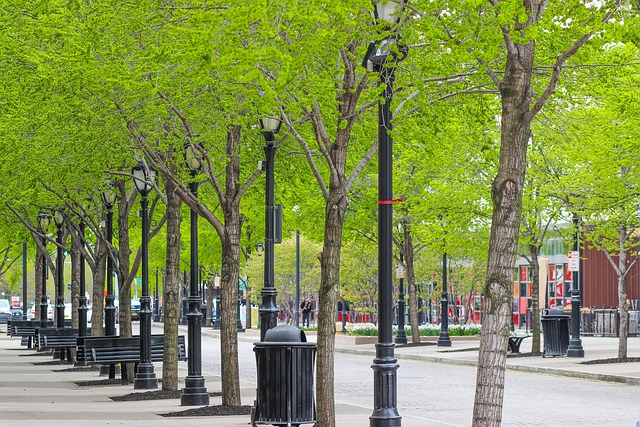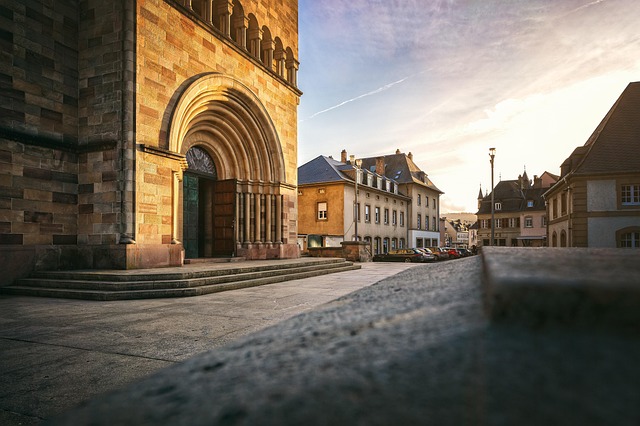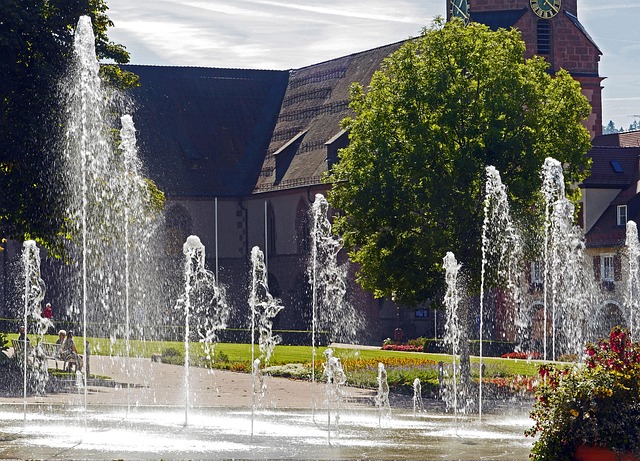City landscapes are often defined by concrete, asphalt, and steel, yet beneath this engineered veneer lies a hidden potential for biodiversity and ecological resilience. The modern movement toward Urban green infrastructure recognizes that integrating vegetation, wetlands, and other green features into built environments can dramatically improve habitat quality, support native species, and provide essential ecosystem services. By turning rooftops, walls, streetscapes, and abandoned lots into living ecosystems, urban planners and residents alike are discovering that nature can thrive amid the urban matrix, turning cities from ecological deserts into vibrant, self‑sustaining habitats.
What is Urban Green Infrastructure?
Urban green infrastructure refers to a network of natural and semi‑natural green spaces—parks, street trees, green roofs, rain gardens, bioswales, and restored wetlands—that are strategically designed to provide ecological benefits while also enhancing human well‑being. It differs from conventional green spaces in that it emphasizes connectivity, multifunctionality, and integration into the urban fabric. The goal is to create a living infrastructure that performs functions such as stormwater filtration, air purification, temperature regulation, and wildlife corridors, all while offering recreational and aesthetic value to city dwellers.
Habitat Creation and Biodiversity Enhancement
One of the most compelling arguments for Urban green infrastructure is its capacity to create and restore habitats for native flora and fauna. When native trees and shrubs are planted along streets or on building façades, they provide food, shelter, and nesting sites for birds, insects, and small mammals. Even modest green roofs can become islands of biodiversity, supporting pollinators such as bees and butterflies. Studies in cities like Singapore, Vancouver, and New York show that areas with well‑planned green corridors experience higher species richness than isolated parks, indicating that connectivity is key for sustaining urban wildlife.
“A network of green corridors can turn a city into a living tapestry for wildlife, allowing species to move, breed, and thrive even in densely built areas.”
Environmental Benefits Beyond Habitat
Urban green infrastructure offers a suite of ecosystem services that go far beyond providing habitat. Green roofs and wall gardens absorb rainfall, reducing the burden on stormwater systems and preventing urban flooding. Vegetation in streetscapes captures particulate matter and carbon dioxide, improving air quality and contributing to climate mitigation. By shading pavements and buildings, green infrastructure lowers ambient temperatures, mitigating the urban heat island effect and reducing energy consumption for cooling. These benefits create a virtuous cycle: healthier environments foster healthier communities.
Water Management and Quality
Stormwater runoff is a major environmental problem in cities, carrying pollutants into rivers and oceans. Green infrastructure mitigates this by promoting infiltration and evapotranspiration. Features such as rain gardens, swales, and bioswales slow down runoff, allowing soil to absorb water and filter out contaminants. Green roofs, in particular, can capture up to 80% of rainfall, releasing it slowly and reducing peak flow. This not only protects waterways but also replenishes groundwater aquifers, supporting both ecological and human water needs.
Community Engagement and Social Well‑Being
Urban green infrastructure is not merely a technical solution; it also serves as a platform for community participation and social cohesion. When residents are involved in selecting plant species, designing garden layouts, or maintaining green spaces, they develop a sense of ownership and stewardship. This engagement fosters environmental literacy, encouraging people to adopt sustainable practices in their daily lives. Moreover, access to well‑maintained green spaces has been linked to reduced stress, improved mental health, and increased physical activity, especially in densely populated neighborhoods where recreational options are limited.
Design Principles for Effective Green Infrastructure
- Connectivity: Green corridors should link parks, waterways, and residential areas, allowing wildlife to move freely and humans to access nature conveniently.
- Native Planting: Using local species ensures that the ecosystem supports native pollinators and reduces maintenance costs.
- Multi‑Functionality: Design spaces that serve multiple roles—e.g., a wetland that manages stormwater, provides wildlife habitat, and offers public recreation.
- Scalability: Even small interventions, like a tree in a vacant lot or a pocket garden, can contribute significantly to larger networks.
- Adaptive Management: Regular monitoring and flexibility to adjust plantings or structures respond to changing climate conditions and community needs.
Policy and Planning: Supporting Green Infrastructure at Scale
For Urban green infrastructure to thrive, supportive policy frameworks are essential. Municipal codes that incentivize green roofs, require setbacks for street trees, or allocate funding for neighborhood gardens can accelerate adoption. Tax credits for incorporating permeable paving or rain gardens encourage private developers to invest in green solutions. Furthermore, cross‑sector collaboration—between environmental agencies, transportation departments, and community groups—ensures that green infrastructure aligns with broader urban goals such as reducing carbon emissions, enhancing food security, and improving public health.
Case Studies: Cities Leading the Green Infrastructure Revolution
Berlin’s “Green Roof Initiative” has transformed over 200 rooftop gardens into carbon sinks, producing 20 tons of CO₂ each year and providing community allotments. Singapore’s “Garden City” vision, realized through extensive vertical gardens and reclaimed wetlands, has increased the city’s biodiversity by 30% and cut local temperatures by 3°C during heat waves. In Toronto, the “Urban Green Corridor” connects the river, parks, and residential zones, supporting over 400 bird species and fostering a network of walking and cycling paths that cut vehicle miles by 12% annually.
Challenges and Future Directions
Despite its many benefits, Urban green infrastructure faces hurdles. Limited space, competing land-use priorities, and higher upfront costs can deter implementation. Maintenance is another critical issue; without regular upkeep, green roofs can become leaky, and street trees may be pruned excessively, reducing habitat value. Climate change itself poses uncertainties—droughts, increased storm intensity, and shifting species ranges require resilient designs that anticipate future conditions. Overcoming these challenges will require innovative financing models, community-led stewardship programs, and adaptive management practices that evolve with scientific understanding.
Looking Ahead: Integrating Technology and Ecology
Emerging technologies such as smart irrigation systems, soil moisture sensors, and drone monitoring can optimize green infrastructure performance while reducing resource use. Coupling these tools with citizen science initiatives—where residents track pollinator visits or tree growth—can create a feedback loop that informs design and policy decisions. Moreover, integrating urban agriculture into green infrastructure plans can address food security, local economies, and cultural heritage, turning city roofs and courtyards into productive gardens that feed communities while supporting biodiversity.
Conclusion: A Blueprint for Resilient Cities
Urban green infrastructure is more than an aesthetic addition; it is a foundational strategy for building resilient, livable cities. By weaving green spaces into the urban fabric, cities can support diverse habitats, mitigate environmental impacts, and enhance human well‑being. The collective evidence from cities worldwide demonstrates that when nature is intentionally integrated into infrastructure, the benefits ripple through ecosystems, economies, and societies. As climate change intensifies and urban populations grow, adopting a holistic green infrastructure approach will be essential to safeguard both biodiversity and the future quality of urban life.




